Becoming a new mom is one of life’s most transformative experiences—but it often comes with physical changes, fatigue, and tight schedules. Between feedings, diaper changes, and sleepless nights, self-care can easily fall by the wayside. Yet maintaining flexibility isn’t just about touching your toes; it supports posture, reduces back pain, improves circulation, and enhances overall well-being.
The good news? You don’t need hours at the gym. Research shows that short, consistent flexibility routines—backed by science—can deliver real benefits, even with just 5–10 minutes a day. Here are 28 practical, evidence-based tips designed specifically for new moms.
After childbirth, your body needs time to heal. Begin with gentle movements like neck rolls, shoulder shrugs, and ankle circles. A 2020 study in the Journal of Women's Health Physical Therapy found that light stretching within the first six weeks postpartum supports circulation and reduces stiffness.
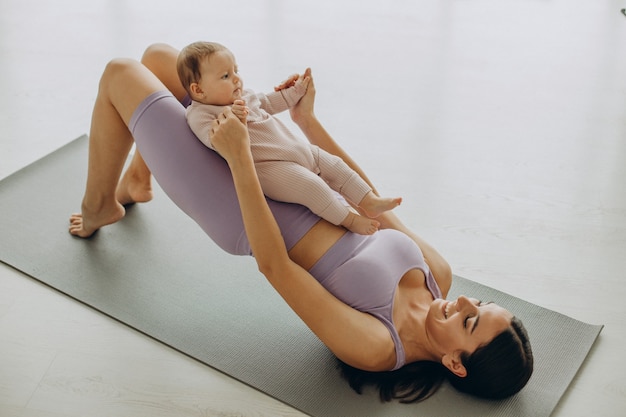
Deep belly breathing activates the parasympathetic nervous system, reducing stress and improving oxygen flow to muscles. Try 5 minutes while nursing or during quiet moments.
Kegels aren’t just for bladder control—they support core stability and aid in regaining lower body flexibility. Perform 3 sets of 10 daily, as recommended by the American College of Obstetricians and Gynecologists.
While carrying your baby in a wrap or carrier, gently stretch your neck, shoulders, and back. These micro-movements accumulate into meaningful flexibility gains.
Lie on your back near a wall and extend one leg up. This passive stretch is safe and effective for tight hamstrings, common after pregnancy.
Sitting frequently (especially while nursing) tightens hip flexors. A simple lunge stretch for 30 seconds per side can reverse this.
Use even 10-minute naps for a quick routine. Consistency matters more than duration.
This yoga move improves spinal mobility and relieves back tension. Do 5–10 rounds each morning.
Dehydration reduces tissue pliability. Aim for 8–10 glasses of water daily, especially if breastfeeding.
Foam rolling the back, legs, and glutes helps release muscle tightness. Just 5 minutes a day can improve flexibility, per a 2015 study in the Journal of Athletic Training.
A bedtime routine of gentle stretching can improve sleep quality and reduce nighttime cramps.
Sit with legs extended and reach forward. This stretch targets the lower back and hamstrings safely.
Arm circles, leg swings, and torso twists warm up muscles and prepare your body for daily movement.
Ballistic stretching increases injury risk. Opt for slow, controlled movements instead.
Supportive props make stretches more accessible and comfortable, especially with weakened core muscles.
Holding onto a doorframe while squatting improves hip and pelvic flexibility. Great for postpartum recovery.
Multitask wisely—stretch calves, shoulders, or wrists during screen time or nursing sessions.
Poor posture from baby-holding leads to stiffness. Reset every hour with a shoulder roll and spine lengthening.
Many routines are safe postpartum and focus on flexibility, breathing, and relaxation.
Cold muscles are prone to strain. Walk in place or march for 2–3 minutes before stretching.
Sitting and nursing often round the upper back. Seated twists and foam rolling can restore mobility.
Pair stretches with deep breathing and focus. Mindfulness enhances the mind-muscle connection and reduces stress.
Compensation patterns can develop if one side is neglected. Be mindful of symmetry.
Apps can guide short routines and keep you consistent. Even a 5-minute timer helps build the habit.
Flexibility improves gradually. Track progress with photos or journal notes.
Pregnancy hormones like relaxin can linger, increasing joint laxity. Stretch to mild tension, not pain.
Ask for 10 minutes of baby duty so you can stretch uninterrupted. Support systems make self-care possible.
For diastasis recti, pelvic pain, or persistent stiffness, a specialist can tailor a safe flexibility plan.
Flexibility is a journey, not a destination—especially as a new mom. With these science-backed tips, you can reclaim mobility, reduce discomfort, and build a sustainable self-care habit, one stretch at a time.

Wellness

Wellness

Wellness

Wellness
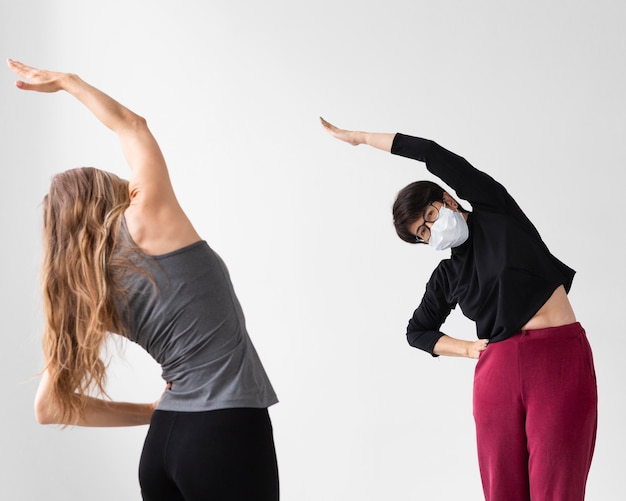
Fitness
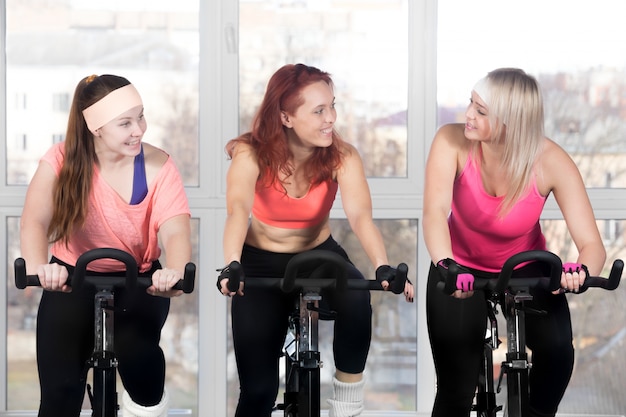
Fitness

Wellness

Health
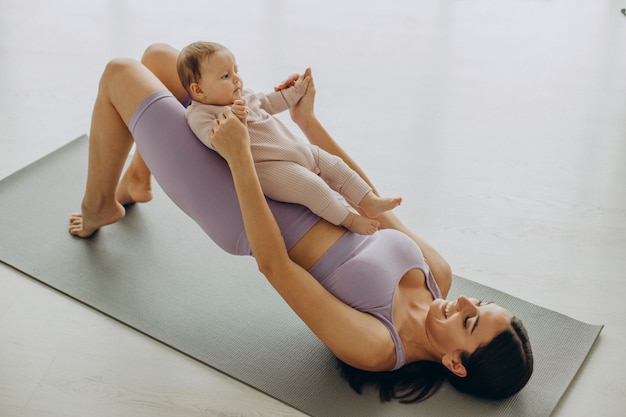
Wellness
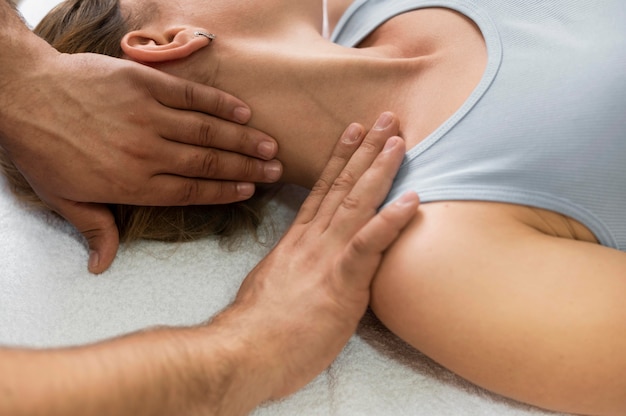
Wellness

Wellness
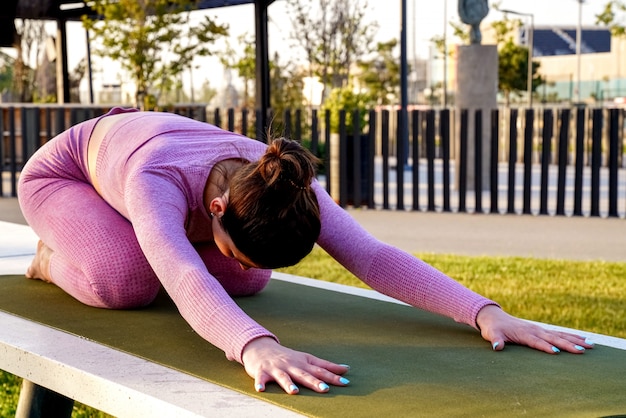
Fitness

Health

Fitness

Health

Health